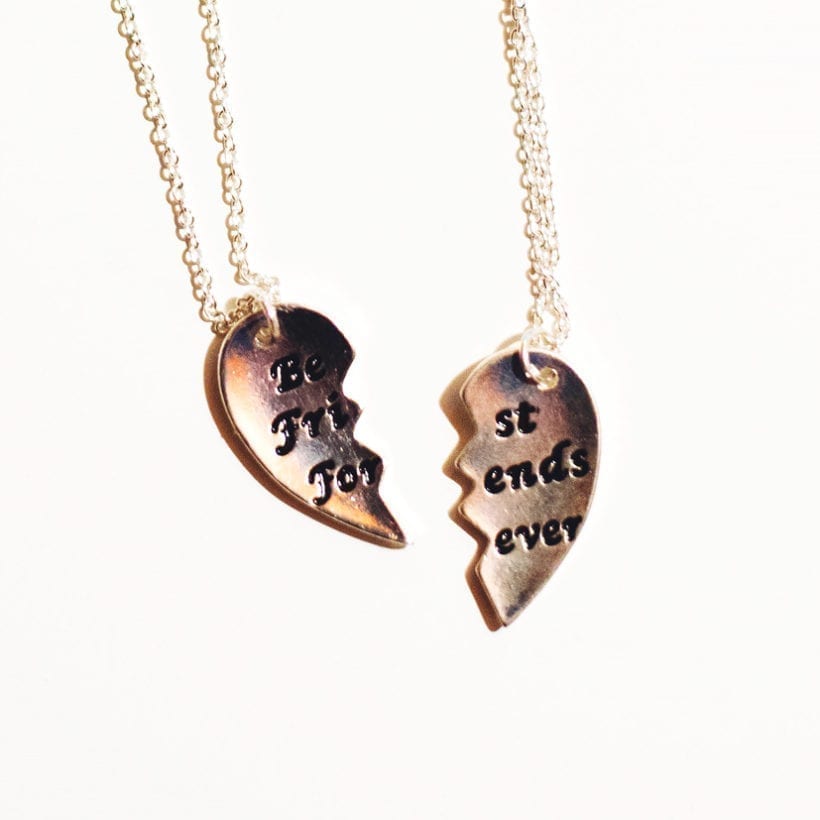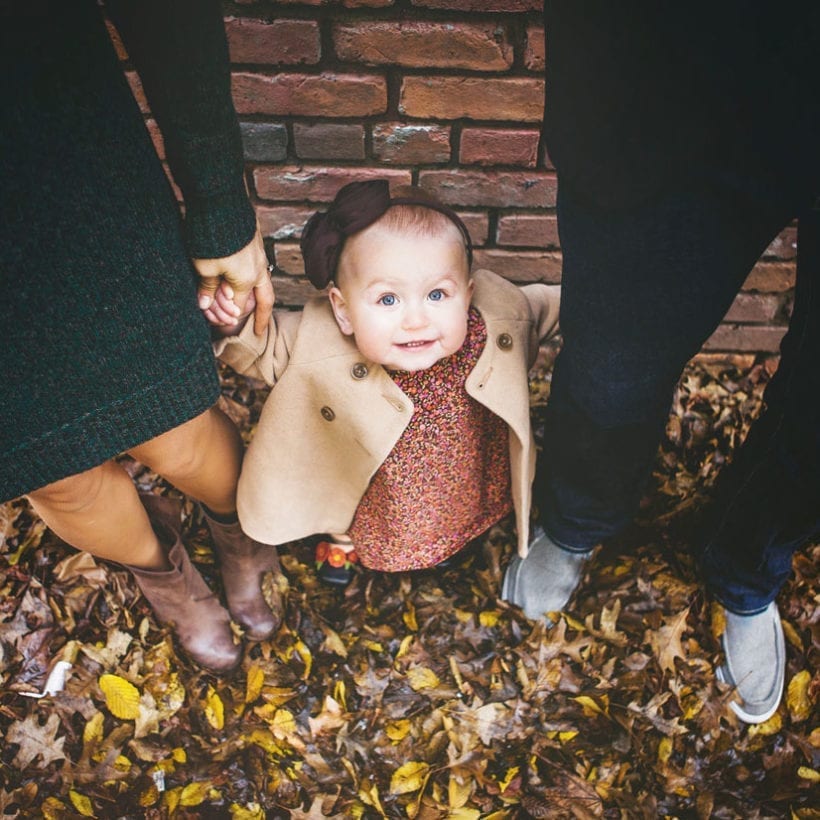Do you often find yourself in toxic relationships? Or do you repeat similar patterns of negative behavior with partners, close friends or family members? It could be because of your attachment style.
Established by Psychoanalyst John Bowlby in the ’50s, attachment theory remains one of the best models for understanding our relationships. The theory’s key idea is that our attachment style is determined by the early bonds we form as a baby and young child with our caregiver, and these become a blueprint for future relationships.
For example, Psychotherapist Lucy Beresford suggests that people who have experienced insecurity as a child will try and replicate and repair this as an adult. “If you had an unavailable parent, you might end up with an unavailable partner. You are trying to get to a place where you overcome that separation and ambivalence,” she says.
Understanding Attachment Theory
“Attachment theory relates to the process of attachment formed between an infant or child and their parents or [caregiver] as a child,” says William Van Gordon, a chartered psychologist and associate professor of contemplative psychology at the University of Derby. This need for attachment is wired into our genetics as it is necessary for survival in infancy. “An individual that offers care, emotional support and food is required for healthy development,” Van Gordon explained.
There are generally understood to be four styles of attachment: secure, anxious, avoidant and fearful-avoidant. Secure attachment — the style most associated with better wellbeing, mental health and relationships — is what we are all aiming for. Anxious, avoidant and fearful-avoidant attachments are the non-secure styles, and what we are trying to move away from.

However, attachment styles are not static and can change as you age. “It is an ongoing process and shifts throughout your adult life,” Van Gordon highlights. Furthermore, you can exhibit different iterations of the attachment style tendencies within different relationships. “People can have varying degrees of attachment styles at any one time and these can appear in contrasting ways with different people,” he says.
While the exact age our attachment style is formed by is debated within the psychology community, you can notice the signs from when a baby is a newborn. “You can understand a child’s attachment style by observing how they react when reunited with their caregiver after they have been briefly left alone,” Beresford says.
Secure Attachment
“A child showcasing secure attachment will be relieved to see their caregiver when reunited, but continue to play independently,” Beresford describes. Subsequently, as an adult, this person will form healthy relationships where they feel connected to their partner but are also happy to have a life independent of them. “This means a person is secure on their own and can think through their emotions individually. They can assess if a relationship is right for them and can face the pain of breakup if they think logically it is not right for them,” says Georgina Barnett, a psychologist and co-author of “The Mottos.”
Non-Secure Styles
A melting pot of factors can affect whether you form a secure attachment style or not in infancy. “Being deprived of maternal care, adopted, in an incubator or one of two twins can influence your attachment style. Similarly, your caregiver’s attachment style can impact how they parent you,” she added.
“Once you have brought a behavior to consciousness, you can choose to do something different next time.”
Anxious
Anxious attachment style is normally interpreted as ‘clingy.’ It is typically a result of inconsistent behavior patterns from parents to their children — while sometimes they may respond effectively to their needs, other times they may be distant, aloof or emotionally unavailable. In relationships as an adult, those with this style respond to others from a point of anxiety. “They are often prone to jealousy, possessiveness and a need for constant reassurance. Triggers — some real and some imagined — will set off this anxiety and make them cling,” Barnett says. “This type of style tends to have drama patterns within a relationship and when it ends, they fear being alone and are desperate to get that person back.”
Avoidant
This style is defined by someone who is avoiding intimacy, often out of fear of being vulnerable or getting hurt. Usually, it stems from a relationship with parents who are cold, emotionally unavailable or distant. “They often frustrate others in a relationship as their partner struggles to get close to them. If they do get close, they push them away which can lead to issues around commitment,” Barnett says.
Fearful-Avoidant
This final attachment style is based on inner conflict. It has behaviors from both the anxious and avoidant styles which the person tends to swing between. “They want intimacy but resist it to protect themselves because they have had an abusive or traumatic experience in the past,” Barnett told us. Someone may develop this attachment style if, as a child, their parents responded to their needs in a threatening way, or otherwise couldn’t respond to their needs.
Identifying Your Attachment Style
Once you understand the behavior patterns of the four key styles, it should become obvious which category you fall in. “Think about how you respond to separation within your close relationships. Do you become clingy? Do you become hostile? Or are you appropriately relieved for the person to be back and then get on with your life?” Beresford asks. “It is really helpful if you can think about your behavior in more than one relationship. With a parent, a romantic partner or close friend, and start to notice the patterns of how you behave,” she adds.
Overcoming Attachment Issues
The first step in overcoming attachment issues is becoming aware of them. The aim is for all of us to become as secure in our attachment style as possible. If you fall into one of the non-secure attachment styles (i.e. anxious, avoidant or fearful-avoidant), Barnett explains that this can lead you into a negative vicious cycle. “For example, if you grow up with the belief that people are going to leave you, you behave in ways that push people away. If you don’t understand why this is, you automatically think it is you but it is not, it is the cycle in operation.” Once you have understood the theory and reasoning behind the way you are feeling, you can take steps to heal it.

Beresford echoes this viewpoint: “Once you have brought a behavior to consciousness, you can choose to do something different next time.” With the help of a therapist to talk it through, you can approach situations differently. “By developing better self-esteem, self-reliance and a more secure style of attachment, you are going to have more successful and rewarding relationships.” Doing so involves awareness, self-reflection and dialogue with those you are close to, but talking therapy should be considered. “It is almost impossible to change other people. The only way to do that is to change yourself,” Beresford says.
Non-secure styles can also benefit from entering a relationship with someone of a secure style. Their partner’s secure approach to attachment can help them build trust and overcome their issues. In contrast, when two non-secure partners form a relationship, this can often be bad news. For example, when an anxious and avoidant type are together, their individual behaviors only exasperate each other further.
We only recommend products we’ve independently researched, tested, and loved. If you purchase a product found through our links, Sunday Edit may earn an affiliate commission.







